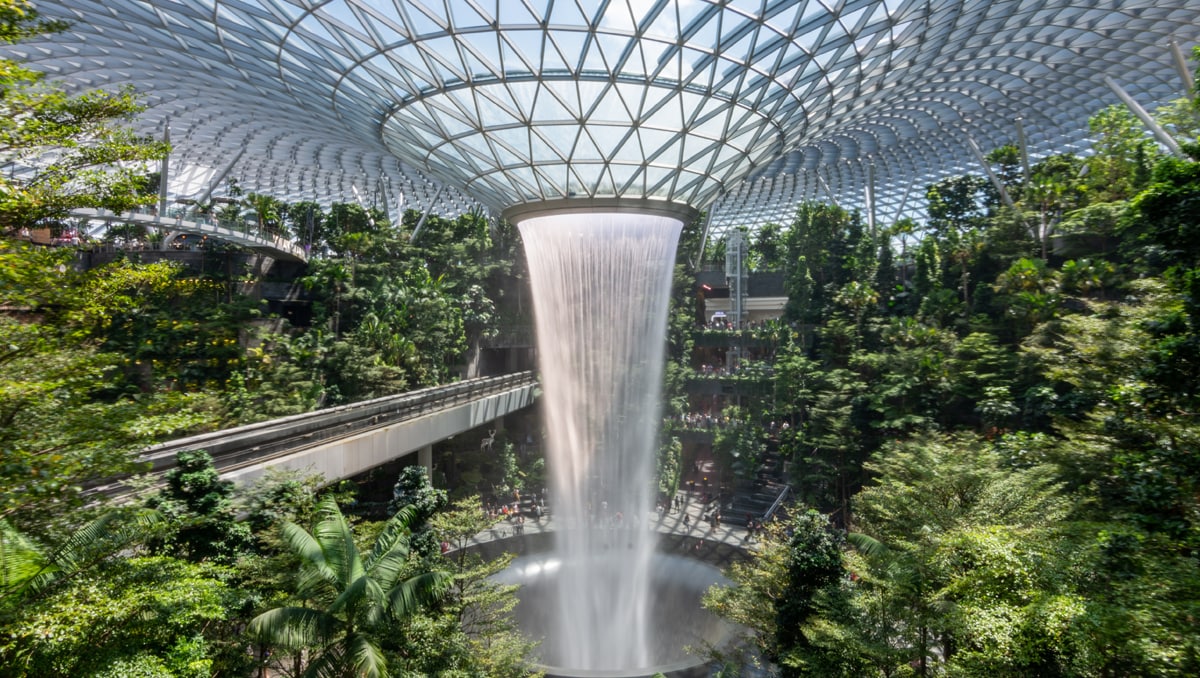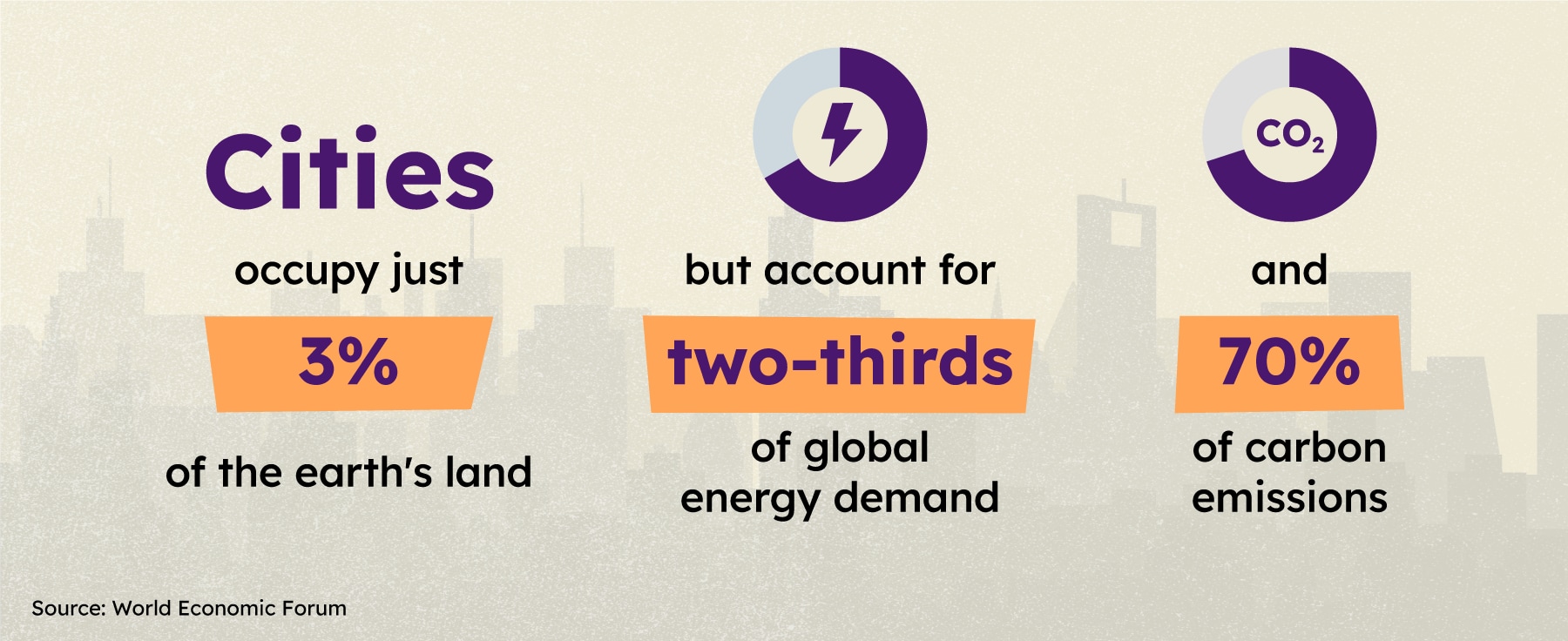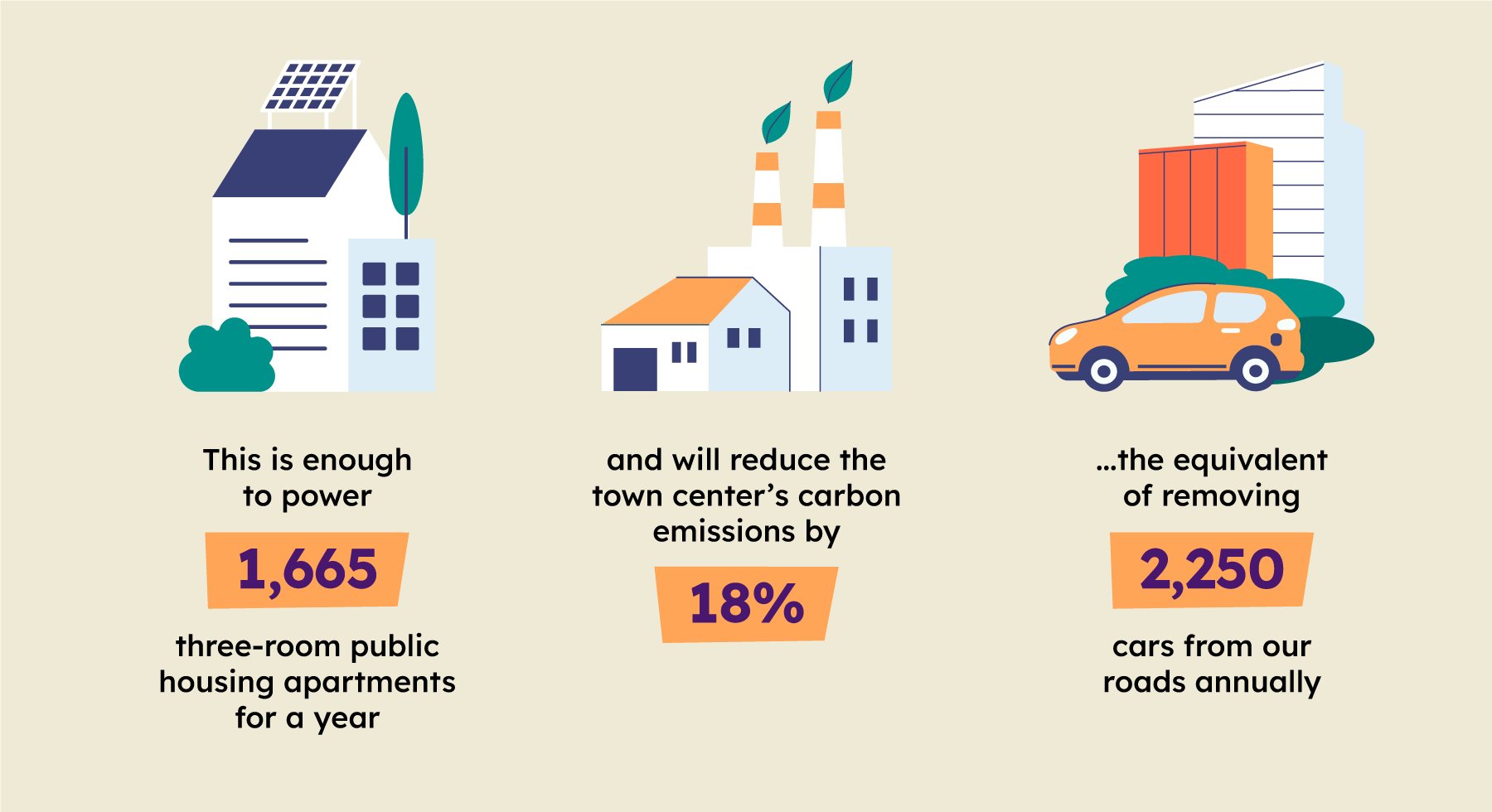So Every Generation Prospers: Building Greener Cities
So Every Generation Prospers: Building Greener Cities

Often described as engines of economic growth, our cities generate more than 80% of global GDP. But the dense, urban magnets that are home to more than half of the world’s eight billion people are also a major contributor to the climate crisis.
At COP27, cleaning up the carbon-intensive construction industry and reducing energy consumption in buildings emerged as major topics. The urgency of decarbonising cities looms especially with increasing urban growth: the United Nations estimates that by 2050, 6.7 billion people will live in urban areas – a 60% increase from 4.2 billion in 2018.

Despite a substantial increase in investment and global success at reducing buildings emissions, energy consumption from the building and construction sector have reached an all-time high, exceeding pre-pandemic levels. More needs to be done, and fast, to realise a greener built environment and reach net zero by 2050.
We need to embrace a holistic approach with solutions that already exist today to address the climate emergency, and embrace innovative new approaches.
Uwe Krueger, Head, Industrials, Business Services, Energy & Resources, and Head, Europe, Middle East & Africa, Temasek
Accelerating Crucial Solutions
To do so, cities need to collectively consider the 5Rs: retrofit, repurpose, rebuild, redesign and rethink, and enable climate-friendly and energy-efficient buildings.
“We need to retrofit existing building structures with sustainable energy solutions, repurpose existing spaces for multiple uses, rebuild our buildings with sustainable materials and redesign them to incorporate sustainable solutions. We also need to rethink the way we travel, work and play,” notes Krueger. “We cannot reach 2050’s goal of net zero without transforming our cities and buildings.”
From direct air capture to green steel and concrete, new technologies and innovative thinking are helping cities take a leading role in climate action – and even transforming them into future carbon sinks that eliminate more carbon than they produce.
Temasek's Commitment
To prevent further degradation of our planet due to climate change, Temasek is committed to delivering positive environmental and social impact alongside financial returns.
The company actively catalyses sustainability in the materials and built environment space, investing in areas such as:
- In hard-to-abate sectors such as cement and steel, which are essential for construction. Temasek invests in companies along the value chain, including one that is piloting a novel carbon mineralisation process to enable the production of low-carbon cement at scale, and one that electrifies and decarbonises steelmaking using renewable energy.
- In energy efficiency solutions such as brownfield district cooling systems and the electrification of heating applications.
- In the energy transition: away from traditional, fossil fuel energy sources and towards next-generation clean energy solutions such as green hydrogen, geothermal applications and nuclear fusion.
- In long-duration utility scale storage solutions that drive the adoption of intermittent renewable energy.
As Krueger explains, “The integration of buildings, mobility and infrastructure is crucial to decarbonising urban systems. It means transforming the way we use energy and materials. This involves going beyond greening buildings to implementing solutions at the scale of townships and districts, and taking an ecosystem approach.”
The Singapore Model
This is where Temasek forms partnerships with like-minded organisations to prototype and implement novel sustainable solutions that benefit cities, businesses and communities around the world.
One of them is its home base of Singapore, a country just 85 miles north of the equator, where average daytime temperatures currently hover around 32C (89.6F) and may breach 40C by 2045.
While air-conditioning has long been key to keeping temperatures down – to the extent that there are more air-conditioning units per capita in Singapore than anywhere else in Southeast Asia, this form of urban cooling guzzles electricity and releases potent, heat-trapping hydrofluorocarbons.
For a low-lying city-state that’s heating up twice as quickly as the global average, more efficient and sustainable solutions are needed. The Singapore Government is therefore spearheading a whole-of-nation sustainability movement, aptly named the Singapore Green Plan 2030, to address climate change and promote sustainable living in its path to net zero.
Acknowledging the need for alternative cooling methods, Temasek partnered with SP Group, Singapore’s electricity and gas grid operator, and the country’s largest district cooling operator, to retrofit Tampines town center with an interconnected, underground network of insulated pipes for district cooling.
This will be Singapore’s first town center to be retrofitted under the district cooling system. It will consolidate the cooling loads of 14 buildings under a single network, helping the town center achieve annual energy savings of more than 17%.

Apart from helping existing towns become more sustainable by design, SP Group is also collaborating with Singapore’s Housing and Development Board to develop the country’s first smart energy town, Tengah. The masterplan will integrate a wide range of energy solutions, including a digital energy concierge and the nation’s first residential district cooling, to help residents reduce energy consumption and costs.
Enabling Global Conversations
In addition to catalysing breakthrough technologies that mitigate the impact of the climate crisis and pave the way to a low-carbon future, Temasek enables crucial global conversations on integrated solutions for sustainable cities.
For example, Temasek’s key platform for sustainability engagement and advocacy, Ecosperity, brings together business leaders, industry innovators, city planners and policymakers for joined-up thinking and year-round engagement. This year, one of Ecosperity Week’s focus areas includes enabling net-zero cities, where conversations will delve into the different pathways for decarbonising urban and built environments.
So Every Generation Prospers
As a long-term investor, Temasek will continue to play its part as a catalyst for change, bringing together relevant stakeholders and committing capital to support critical R&D advancement and generate impact at scale.
“We should seize the opportunity to accelerate the pivot towards decarbonisation of construction materials such as cement and steel, as well as the proliferation of digital tools and prefabrication solutions to spur greater efficiency in the built environment industry,” says Krueger.
To succeed as an investor is not an end in itself. Ultimately, that success must be translated into a sustainable urban environment, with a cohesive transport, energy, water and social infrastructure that people love to live and work in for many generations to come. We have a responsibility to do good and right by our wider community and our planet, so every generation prospers.
NA
This content was produced in partnership with Bloomberg Media Studio and was republished with permission.


